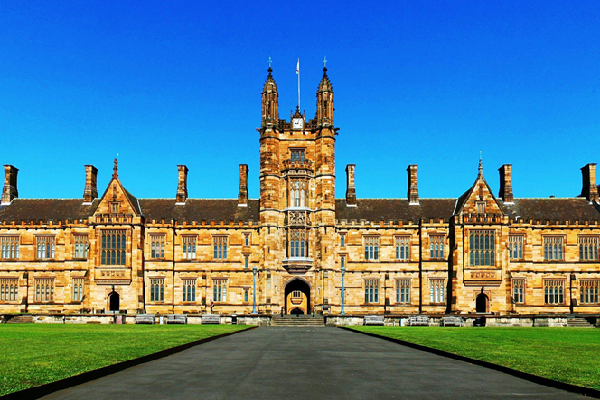University of Sydney: G’day space; Australia is “go” for launch
Just after midnight on Monday 27 June, above the vast wilderness of the Dhupuma Plateau in the Northern Territory, a sounding rocket designed to carry out experiments in space was launched by NASA. This was NASA’s first commercial launch outside of the US, and its first launch from Australia in more than 25 years.
It was also the Arnhem Space Centre’s first ever rocket launch, and the first commercial rocket ever to launch from Australia, hosted by Equatorial Launch Australia.
It has been hailed as an ‘incredible milestone’, but it isn’t the only significant space activity taking place in Australia.
The creation of a domestic space agency, a surge in domestic and international investment, greater accessibility, the advent of autonomous systems, and the growing need for telecommunications, earth observation and satellite technology all signal that Australia’s space sector is finally coming into its own.
This expansion was the focus of the 2022 Innovation Lecture, delivered recently at The Warren Centre by the Australian Space Agency’s Director of Space Technology, Katherine Bennell Pegg.
According to Ms Bennell Pegg, an alumna of the University of Sydney’s Faculty of Engineering, space is the next frontier for Australian innovation.
“It’s an exciting time for space globally, but particularly for us here in Australia,” said Ms Bennell Pegg. “We are in a unique phase where our space capabilities are expanding and we have the opportunity to shape that growth.
“Australia has so many world-leading niche capabilities that can be leveraged to further ourselves as a global space player and a regional powerhouse – including our desirable geographical location, stable political environment, wide open ranges and long coastlines, a rapidly maturing and growing space talent base, and a responsible regulatory framework.
“While innovation is central to space, space can also drive innovation across the nation more broadly – in mindset, in technical capability, in entrepreneurship. Space innovation is often innovation at its most extreme.”
Why Australia should fly high
Katherine Bennell Pegg with the award-winning USYD Rocketry team. Image: USYD Rocketry.
While the Parkes Observatory’s contribution to the Apollo 11 Moon Landing may be Australia’s most famous space achievement, our domestic space sector’s magnum opus may very well be written in our stars.
Investment in Australian space is growing: according to Euroconsult, the global space market totaled US$370 billion in 2021. It’s expected to grow 74 percent by 2030.”
The Agency’s focus on growth and the commercial benefits of space is unique in that since its 2018 inception, it has pursued an ‘industry first’ approach.
“Space is not just positive — it’s also lucrative,” said Ms Bennell Pegg. “Our focus has been quite different to many other traditional space agencies around the world that are very science-driven. In the Agency’s early years, this gave us the ability to build a sustainable industry.”
Now, four years on, the Agency is expanding its focus, adopting the role of the central coordination point for civil space activities – developing a strategy and process to support a growing number of businesses, ranging from large multinational incumbents like Leonardo to start ups like Black Sky Aerospace.
The Agency is also helping facilitate scientific and engineering R&D, such as the Australian Government’s Moon to Mars initiative and Trailblazer program that leverages research expertise and facilitates collaboration.
Space also has the potential to provide earth-first technology that delivers myriad benefits to the environment, humanitarian issues and pure science, Bennell Pegg says.
Much of this rests on earth observation (EO) technology, underpinned by satellites and constellation systems. This technology gives us an ‘eye in the sky’, supporting a wide range of services from mapping and managing events such as bushfires and floods, through to the monitoring of biodiversity and deforestation and tracking the impact of climate change.
“Every time you check the weather you’re benefitting from over 30 earth observation satellite data feeds,” Ms Bennell Pegg said.
To fast track Australia’s EO sector, the Australian Government has invested $1.2 billion into the design, build and operation of four earth observation satellites.
Ultimately, investing in space helps us to better understand where we come from and where we’re going. Ms Bennell Pegg said: “Beyond the tangible, it epitomises humankind’s emotional and intangible desire to explore.”

